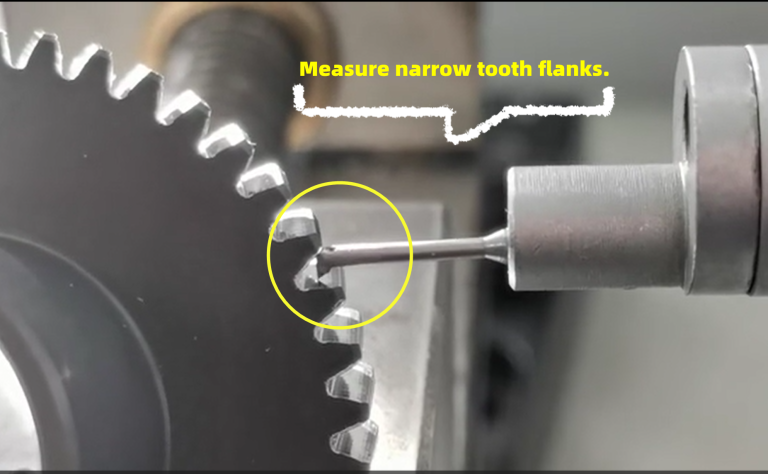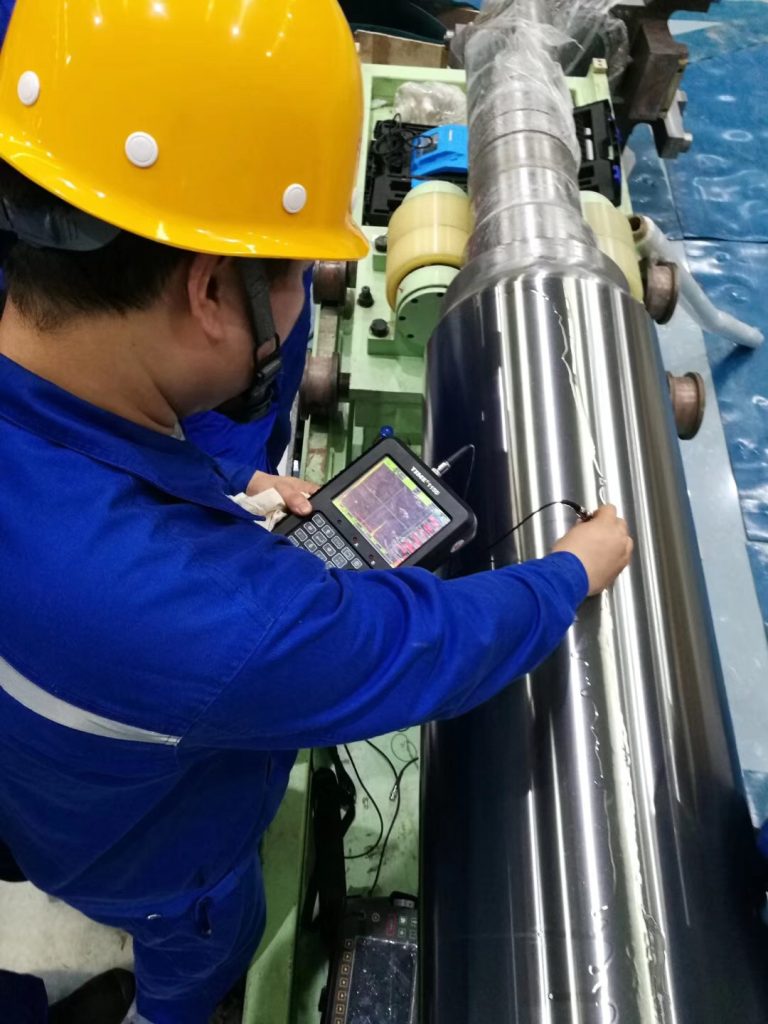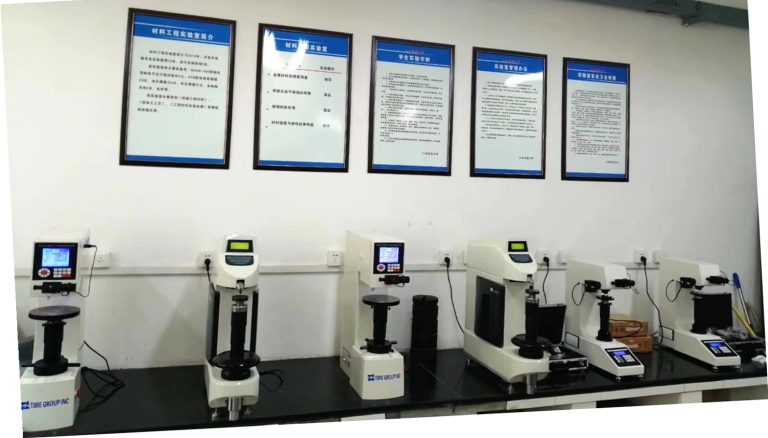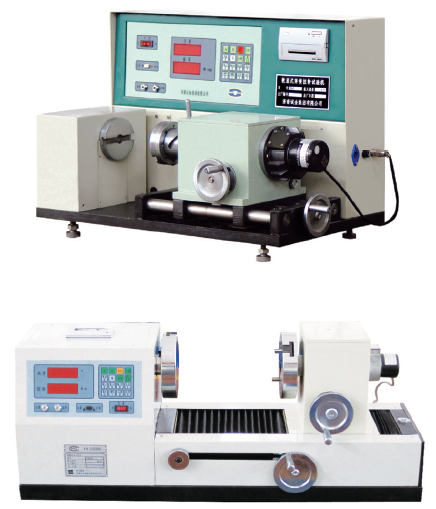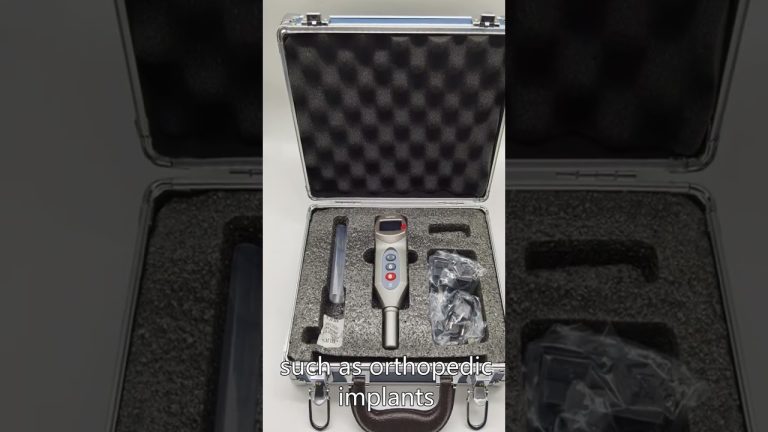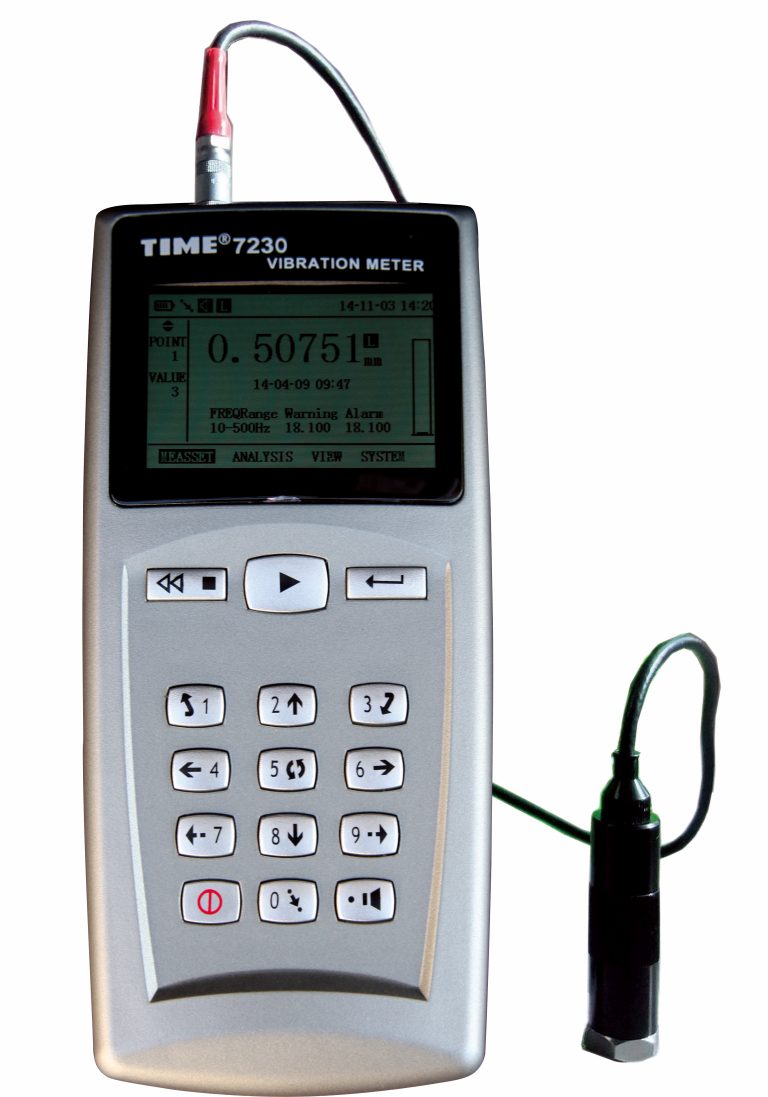The magnetic flux passing through the closed loop changes, and the phenomenon of generating electromotive force in the loop is called electromagnetic induction; the electromotive force generated in this way is called induced electromotive force. If the conductor is a closed loop, a current will flow through it, and the current is called induced current. ; Transformers, generators, and various inductor coils all work based on the principle of electromagnetic induction.
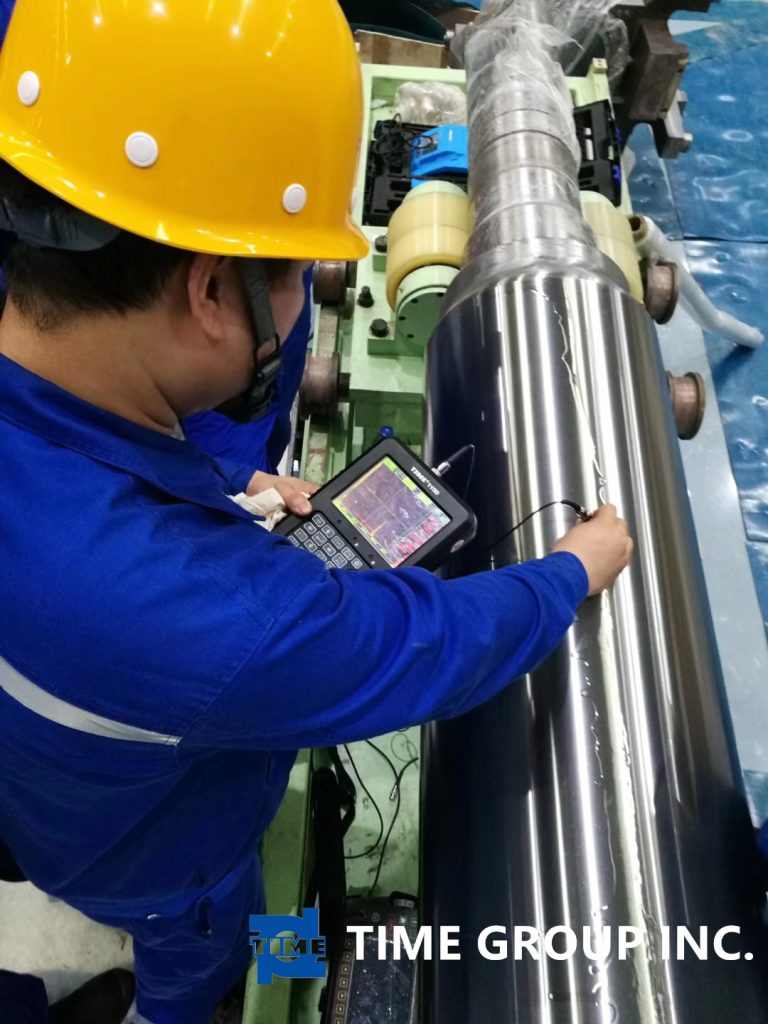
- What is alternating current and what are its characteristics?
Answer: Alternating current means that the magnitude and direction of the current, voltage, and potential in the circuit are not constant, but alternating. Its characteristic is that the magnitude and direction of the current, voltage, and potential change periodically over time; industrial and mining enterprises AC motors used in equipment, civil lighting, and electrical equipment in daily life all use alternating current as their power source; alternating current has three-phase and single-phase, and its voltage is 380 volts and 220 volts. - What is direct current and what are its characteristics?
Answer: It refers to the current in which the charges passing through the cross-section of the conductor per unit time are equal and the direction remains unchanged at any different moment; its characteristic is that the magnitude and direction of the current, voltage, and potential in the circuit do not change with time. But it is constant; DC motor, electroplating, motor excitation, battery charging, semiconductor circuit, etc. - What is Ohm’s law?
Answer: Ohm’s law reflects the relationship between resistance, voltage and current in a circuit with a steady current passing through it; Ohm’s law states that the current passing through the circuit is proportional to the voltage at both ends of the circuit and inversely proportional to the resistance in the circuit; that is, I = V\R. - What is electromagnetic induction?
Answer: The magnetic flux passing through the closed loop changes, and the phenomenon of generating electromotive force in the loop is called electromagnetic induction; the electromotive force generated in this way is called induced electromotive force. If the conductor is a closed loop, a current will flow through it, and the current is called induced current. ; Transformers, generators, and various inductor coils all work based on the principle of electromagnetic induction. - Briefly describe the reasons for the attenuation of ultrasonic waves when they propagate in the medium during ultrasonic flaw detection?
Answer: 1) As the diffusion and propagation distance of ultrasonic waves increases, the beam cross section becomes larger and larger, and the energy per unit area decreases.
2) The first material attenuation is the absorption caused by the viscosity of the medium; the second is the scattering caused by the messy reflection at the medium interface. - What is the main function of CSK-ⅡA test block?
Answer: 1), calibration sensitivity; 2), calibration scan linearity. - What are the main factors that affect photographic sensitivity?
Answer: 1), the focus size of the The rationality; 5), darkroom processing conditions; 6), scattering shielding, etc. - When ultrasonic waves are used to detect flaws in large cake-shaped forgings, what are the requirements for the working bottom surface if bottom waves are used to adjust the initial sensitivity of flaw detection?
Answer: 1) The bottom surface must be parallel to the flaw detection surface;
2) The bottom surface must be flat and have a certain smoothness. - What are the three principles for selecting the K value of the probe for ultrasonic flaw detection?
Answer: 1) The sound beam scans the entire weld section;
2) The sound beam should be as perpendicular to the main defects as possible;
3), has sufficient sensitivity.

